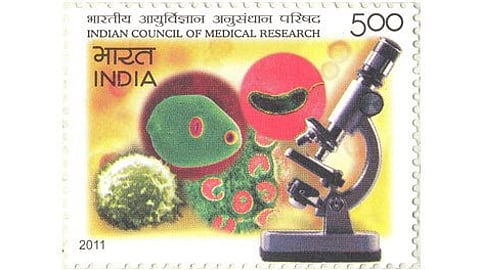In a recent announcement, responding to the alarming rise in obesity in India, the government has asked the Indian Council of Medical Research (ICMR) to prepare ideal anti-obesity diet plans and submit them shortly. But what is driving this rise, and how does the government plan to tackle it?
Why This Sudden Announcement
As reported by The Lancet, India’s obese population is likely to reach 449 million by 2050, up from 180 million in 2021. This would mean nearly one in three Indians could be affected, placing the country among the top three globally, after the US and China.
The World Health Organization (WHO) describes obesity as the abnormal or excessive build-up of body fat that raises the risk of several health problems. While not a disease in itself, obesity significantly elevates the risk of diabetes, hypertension, and other heart conditions, especially among India’s younger population. Doctors have even referred to it as the “predecessor of all other conditions.”


